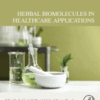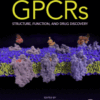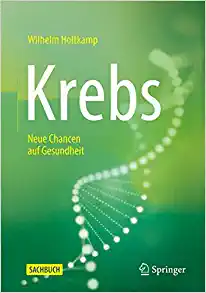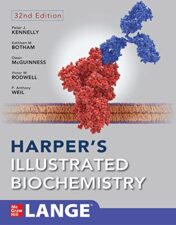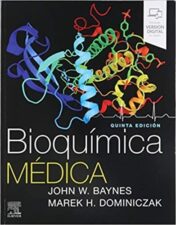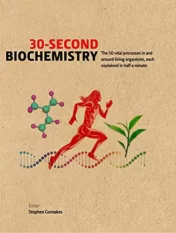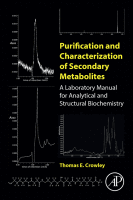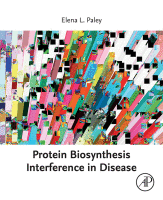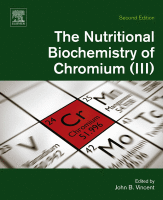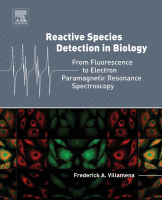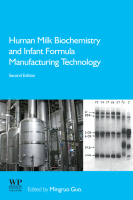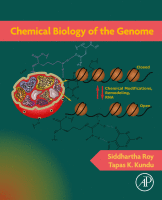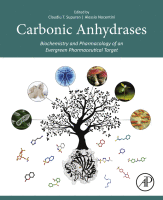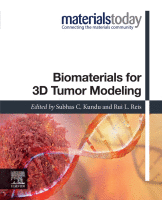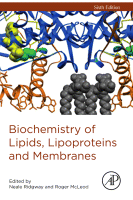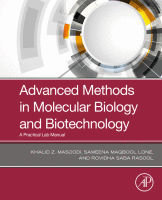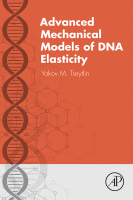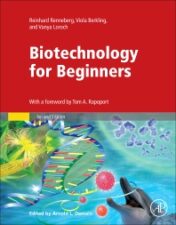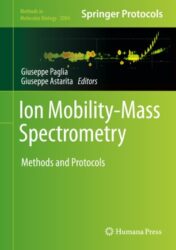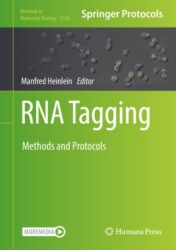Handbook of Immunoassay Technologies Approaches, Performances, and Applications 2018 Original pdf
$14
Handbook of Immunoassay Technologies Approaches, Performances, and Applications 2018 Original pdf
Handbook of Immunoassay Technologies: Approaches, Performances, and Applications unravels the role of immunoassays in the biochemical sciences. During the last four decades, a wide range of immunoassays has been developed, ranging from the conventional enzyme-linked immunosorbent assays, to the smartphone-based point-of-care formats. The advances in rapid biochemical procedures, novel biosensing schemes, fully integrated lab-on-a-chip platforms, prolonged biomolecular storage strategies, device miniaturization and interfacing, and emerging smart system technologies equipped with personalized mobile healthcare tools are paving the way to next-generation immunoassays, and are all discussed in this comprehensive text.
Immunoassays play a prominent role in clinical diagnostics as they are the eyes of healthcare professionals, helping them make informed clinical decisions via confirmed disease diagnosis, and thus enabling favorable health outcomes. The faster and reliable diagnosis of infections will further control their spread to uninfected persons. Similarly, immunoassays play a prominent role in veterinary diagnostics, food analysis, environmental monitoring, defense and security, and other bioanalytical settings. Therefore, they enable the detection of a plethora of analytes, which includes disease biomarkers, pathogens, drug impurities, environmental contaminants, allergens, food adulterants, drugs of abuse and various biomolecules.
Related Products
Biochemistry Books
Krebs: Neue Chancen auf Gesundheit, 2. Aufl Edition (German Edition) (EPUB)
Biochemistry Books
Biotechnology for Waste Biomass Utilization (Original PDF from Publisher)
Biochemistry Books
Biochemistry Books
Biochemistry Books
Marine Biochemistry: Isolations and Techniques (Original PDF from Publisher)
Biochemistry Books
Biochemistry Books
Basic Sciences Books
A Visual Analogy Guide to Chemistry, 2nd Edition (Original PDF from Publisher)
Biochemistry Books
Harper’s Illustrated Biochemistry, Thirty-Second Edition 2022 Original PDF
Biochemistry Books
Biochemistry Books
Biochemistry Books
Biochemistry Books
Essentials of Medical Biochemistry: With Clinical Cases, 3rd Edition 2022 Original PDF
Biochemistry Books
Lippincott Illustrated Reviews: Biochemistry, 8th Edition 2021 EPUB & converted pdf
Biochemistry Books
Bioquímica médica, 5ª ed (Spanish Edition) 2019 EPUB + Converted PDF
Biochemistry Books
Biochemistry Books
Biochemistry Books
Biochemistry Books
Biochemistry Books
Biochemistry Books
Protocols in Biochemistry and Clinical Biochemistry 2020 Original pdf
Biochemistry Books
Proteolytic Signaling in Health and Disease 2021 Original pdf
Biochemistry Books
Protein Biosynthesis Interference in Disease 2021 Original pdf
Biochemistry Books
Biochemistry Books
Biochemistry Books
Overflow Metabolism From Yeast to Marathon Runners 2018 Original pdf
Biochemistry Books
The Nutritional Biochemistry of Chromium (III) 2019 Original pdf
Biochemistry Books
Biochemistry Books
Biochemistry Books
Introductory Experiments on Biomolecules and their Interactions 2016 Original pdf
Biochemistry Books
Hormone Metabolism and Signaling in Plants 2017 Original pdf
Biochemistry Books
Herbal Biomolecules in Healthcare Applications 2021 Original pdf
Biochemistry Books
GPCRs Structure, Function, and Drug Discovery 2020 Original pdf
Biochemistry Books
Exercise, Sport, and Bioanalytical Chemistry Principles and Practice 2016 Original pdf
Biochemistry Books
Clinical Bioenergetics From Pathophysiology to Clinical Translation 2020 Original pdf
Biochemistry Books
Human Milk Biochemistry and Infant Formula Manufacturing Technology 2020 Original pdf
Biochemistry Books
Biochemistry Books
Biochemistry of Lipids, Lipoproteins and Membranes 2015 Original pdf
Biochemistry Books
Biochemistry Books
Advanced Mechanical Models of DNA Elasticity 2016 Original pdf
Biochemistry Books
Biochemistry Books
Biochemistry Books
Mechanisms of Gene Regulation: How Science Works 2020 Original pdf
Biochemistry Books
Progress in the Chemistry of Organic Natural Products 113 2020 Original pdf
Biochemistry Books
Biochemistry Books
Nanomaterials and Environmental Biotechnology 2020 Original pdf
Biochemistry Books
Biochemistry Books
Histidine Phosphorylation Methods and Protocols 2020 Original pdf
Biochemistry Books
Chemische Biologie und Wirkstoffentwicklung 2020 Original pdf
Biochemistry Books
Biochemistry Books
Ion Mobility-Mass Spectrometry Methods and Protocols 2020 Original pdf
Biochemistry Books
Starch Structure, Functionality and Application in Foods 2020 Original pdf
Biochemistry Books
Biochemistry Books
Cellular-Molecular Mechanisms in Epigenetic Evolutionary Biology 2020 Original pdf
Biochemistry Books
Biochemistry Books
Biochemistry Books
Sustainable Green Chemical Processes and their Allied Applications 2020 Original pdf
Biochemistry Books
Biochemistry Books
Iron Geochemistry: An Isotopic Perspective 2020 Original pdf
Biochemistry Books
Mechanisms of Genome Protection and Repair 2020 Original pdf
Biochemistry Books
Biochemistry Books
Biochemistry Books
Hydrocarbons, Oils and Lipids: Diversity, Origin, Chemistry and Fate 2020 Original pdf
Biochemistry Books
Corynebacterium glutamicum Biology and Biotechnology 2020 Original pdf
Biochemistry Books


